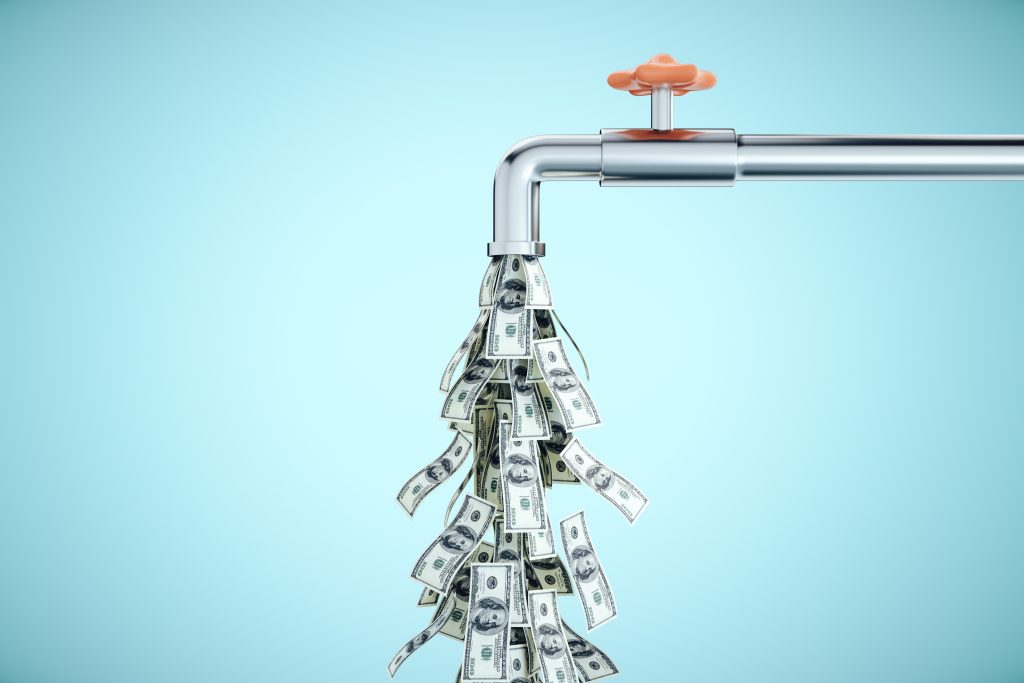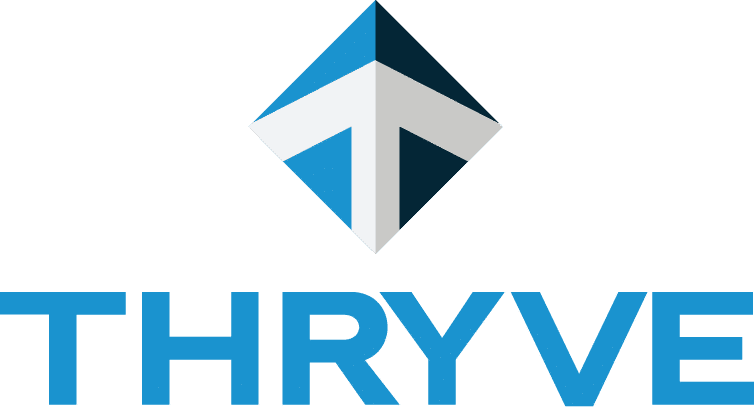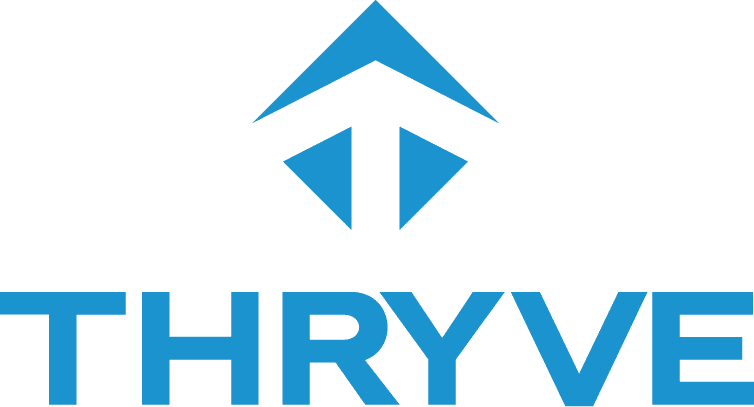
Background:
Inventory sales are a major revenue producer for many industries. Wise inventory management is often pushed aside by small business owners as they pursue further sales. If inventory is not managed well, rising sales can ironically put the owner out of business.
Weak inventory practices = cash drain and unprofitable pricing.
Challenges:
Many businesses have a significant time lag between laying out the cash for the inventory and collecting cash from the customer. After the business purchases the inventory, the business may only recover the cash after a few months once the inventory is warehoused, sold, delivered and cash from the sale collected. Excess inventory either keeps cash from being more profitably utilized or bears an interest cost on debt to finance.
Incorrect inventory tracking can trigger missed restocking, frustrated customers and delayed sales. You don’t want to put yourself in a spot of making a promise to a customer that you can’t deliver.
Inaccurate data on the full cost of producing different items of inventory can lead to unprofitable pricing. i.e. selling high-cost items at a loss.
Actions you can take to uncover the hidden cash flow treasures in your inventory:
- Review inventory levels for each item. Take a physical inventory count to ensure your records match reality if you have not performed one for a year.
- Use key performance indicators to monitor inventory performance and trends for each product or product categories. These measures will also highlight where your excess inventory lies. For example,
- inventory turns (cost of goods sold/average inventory) per year,
- total inventory value changes
- dormant inventory (ex. On hand, but purchased more than 90 days ago)
- Measure your financing/warehousing cost for each month to understand the opportunity cost of the excess inventory.
- Use inventory management software or other tools to maintain accurate inventory records
- Measure the full cost of each product including materials and labor to determine prices for each product
Coming up next month: Accounts Receivable Acceleration
Wishing you continued success and growth this month!

